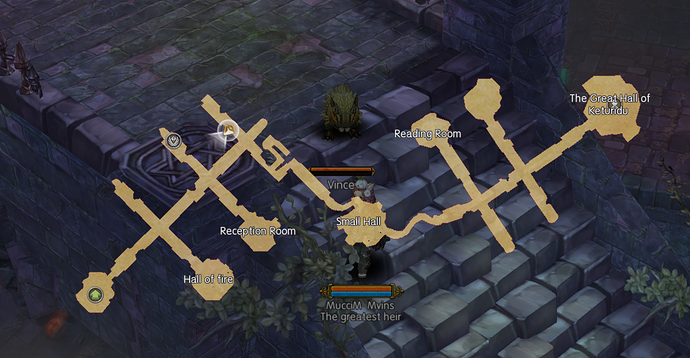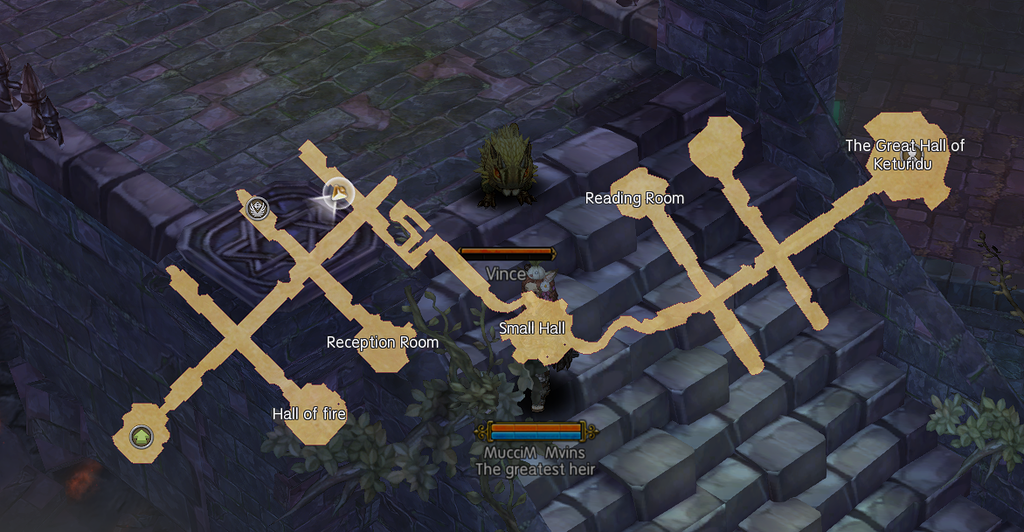

When the prince calls that night, the sorceress lets the severed hair down to haul him up. In anger, the sorceress cuts off her hair and casts her out into the wilderness to fend for herself. In later editions, she asks "Dame Gothel", in a moment of forgetfulness, why it is easier for her to draw up the prince than her. In the first edition (1812) of Kinder- und Hausmärchen ( Children's and Household Tales, most commonly known in English as Grimms' Fairy Tales), she innocently says that her dress is growing tight around her waist, hinting at pregnancy. Before the plan can come to fruition, however, she has sexual intercourse with him. Together they plan a means of escape, wherein he will come each night (thus avoiding the sorceress who visits her by day) and bring Rapunzel a piece of silk that she will gradually weave into a ladder. He eventually asks her to marry him, and she agrees. When she does so, he climbs up and they fall in love. When the sorceress leaves, he bids Rapunzel to let her hair down.
#Tree of savior mage tower save how to#
He returns often, listening to her beautiful singing, and one day sees the sorceress visit her as usual and learns how to gain access. Entranced by her ethereal voice, he searches for her and discovers the tower, but is unable to enter it. One day, a prince rides through the forest and hears Rapunzel singing from the tower. Jacob Grimm ostensibly believed that the strong alliteration of the rhyme indicated that it was a survival of the ancient form of Germanic poetry known as Stabreim, but in actuality, it was his liberal adaption of Schulz's direct German translation of Charlotte-Rose de Caumont de La Force's older French version Persinette, Persinette, descendez vos cheveux que je monte. Rapunzel! Rapunzel! Let down your hair That I may climb thy golden stair! In order to visit her, the sorceress stands at the bottom of the tower and calls out: When she turns twelve, the sorceress locks her up in a tower in the middle of the woods, with neither stairs nor a door, and only one room and one window. She grows up to be a beautiful child with long golden hair. When the wife has a baby girl, the sorceress takes her to raise as her own and names her "Rapunzel" after the plant her mother craved (in one version, her parents move away before she's born in an attempt to avoid surrendering her, only for the sorceress to turn up at their door upon her birth, unhampered by their attempt at relocation). He begs for mercy and she agrees to be lenient, allowing him to take all the rapunzel he wants on condition that the baby be given to her when it's born.

As he scales the wall to return home, the sorceress catches him and accuses him of theft. When he returns, she makes a salad out of it and eats it, but she longs for more so her husband returns to the garden to retrieve some more.

Her husband fears for her life and one night he breaks into the garden to get some for her. She refuses to eat anything else and begins to waste away. The wife, experiencing pregnancy cravings, longs for the rapunzel that she sees growing in the garden (rapunzel is either the root vegetable Campanula rapunculus, or the salad green Valerianella locusta). Plot Illustration by Johnny Gruelle Illustration by Paul Hey, created around 1910Ī lonely couple, who long for a child, live next to a large, extensive, high-walled subsistence garden, belonging to a sorceress. Its best known line is, "Rapunzel, Rapunzel, let down your hair". Its plot has been used and parodied in various media. The tale is classified as Aarne–Thompson type 310 ("The Maiden in The Tower"). The Brothers Grimm's story was developed from the French literary fairy tale of Persinette by Charlotte-Rose de Caumont de La Force (1698). " Rapunzel" ( / r ə ˈ p ʌ n z əl/ rə- PUN-zəl, German: ( listen) French: Persinette) is a European fairy tale most notably recorded by the Brothers Grimm and published in 1812 as part of Children's and Household Tales (KHM 12). Illustration of Rapunzel and the witch on a 1978 East German stamp


 0 kommentar(er)
0 kommentar(er)
